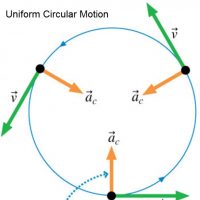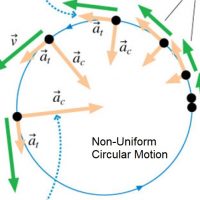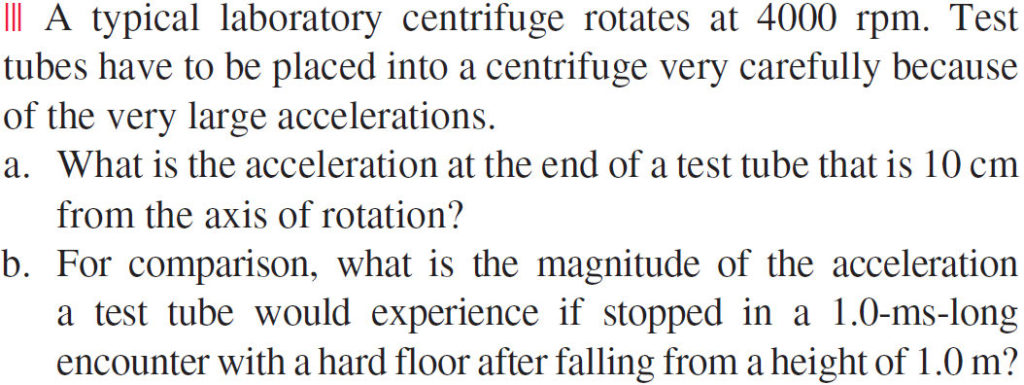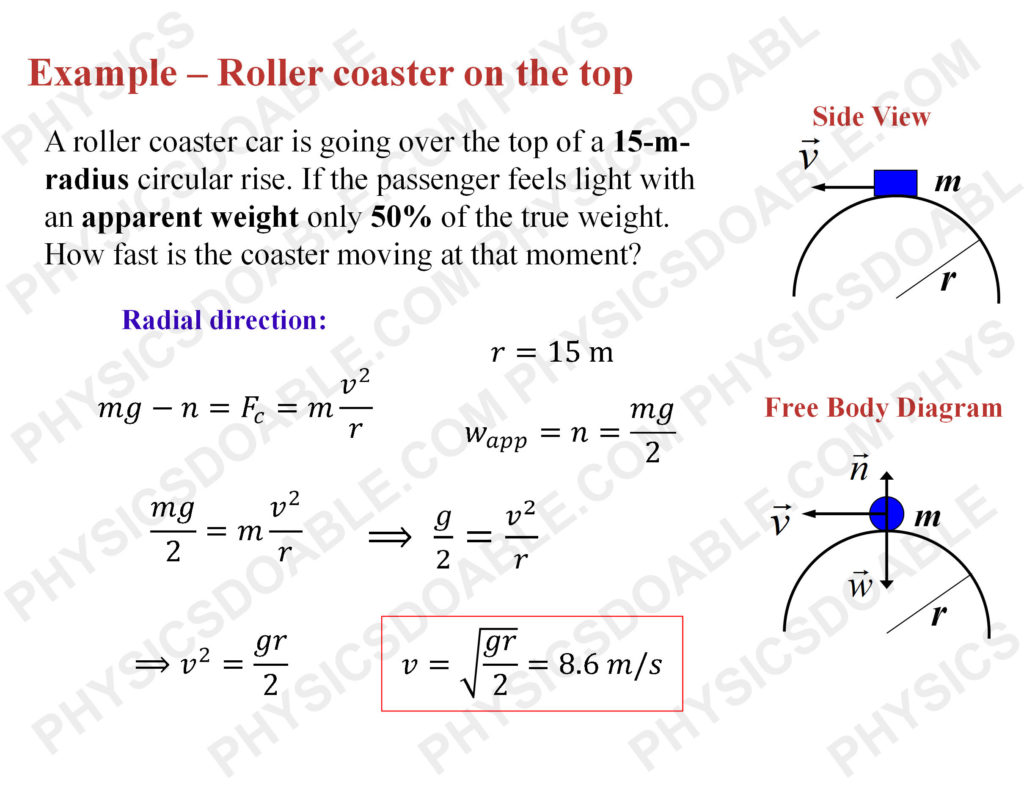Q: What is the difference between non-uniform and uniform circular motion?

A: The short answer is: Uniform Circular motion has a constant angular velocity (constant linear speed) and Non-Uniform Circular motion has a angular velocity (linear speed) changing with time. Depending on the directions of angular velocity and angular acceleration, Non-Uniform circular motion could be either speeding up or slowing down.

If thinking more deeply, Uniform Circular motion only has centripetal acceleration, while Non-uniform Circular motion has both centripetal acceleration and tangential acceleration (the complete acceleration vector is the composition of the above 2 accelerations).

Q: Hello Professor, I am having some trouble with this textbook question as I do not understand how to get the solution you got.
A: The wording of this problem is a little confusing! Parts (a) and (b) are actually 2 separate problems!
(a) It is a circular motion, convert RPM to rad/s and use the equation of a_c to solve.
(b) It is a 1-D motion which has 2 segments: segment #1 is a free fall motion and segment #2 is a slow-down motion. The connection between the 2 segments is the velocity: the final velocity of segment #1 is the initial velocity of segment #2!

Q: I am having trouble trying to figure out the work you did for this textbook problem. Specifically, I am unsure how you got from the 1/2mg=mv^2/r into the V=square root gr/2.
A: This problem is very similar to a problem discussed in my 11-9 lecture. The key to solve is analyzing the forces and finding the net force in the Radial direction (F_c: Centripetal Force). See the detailed explanation in the attached picture.
